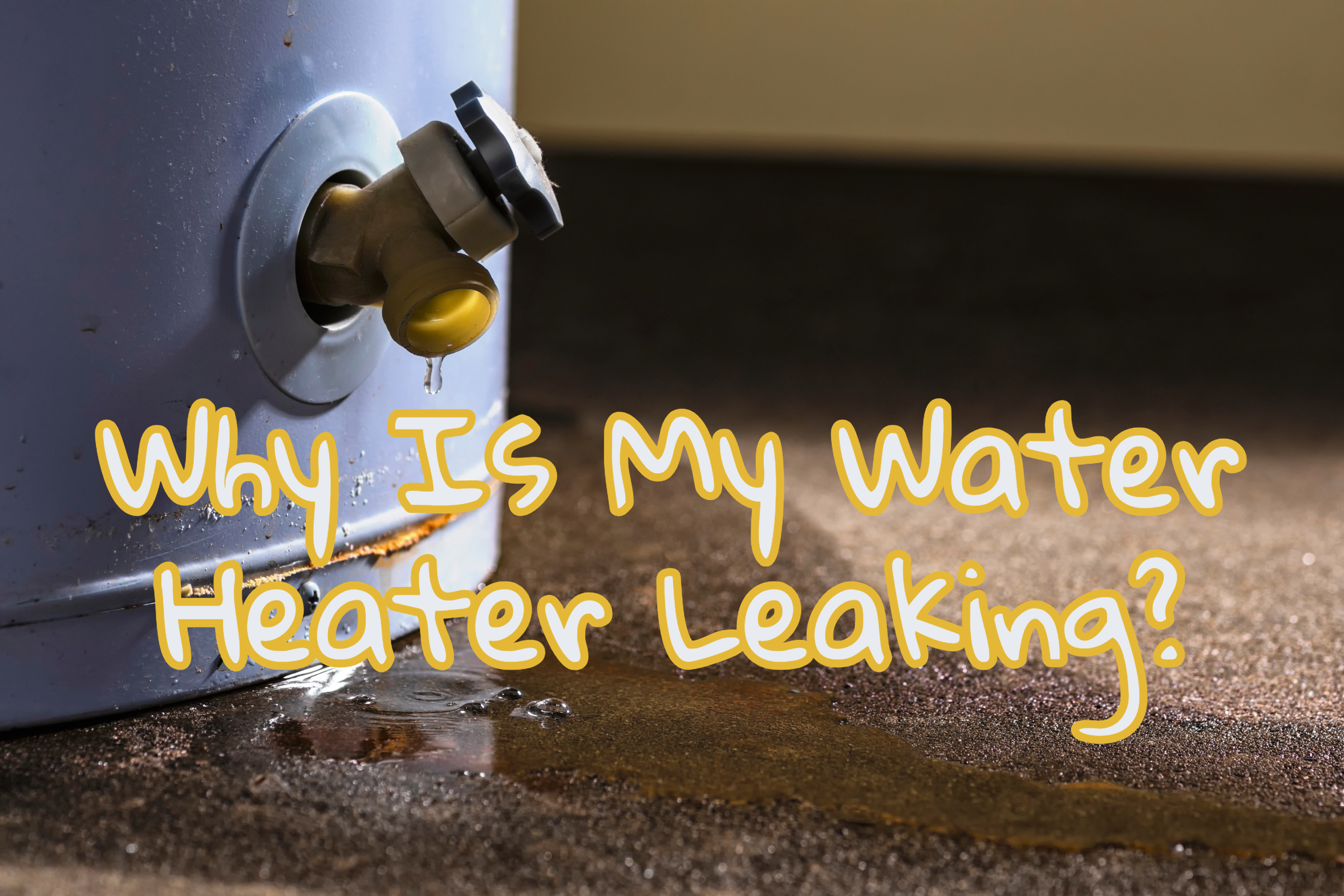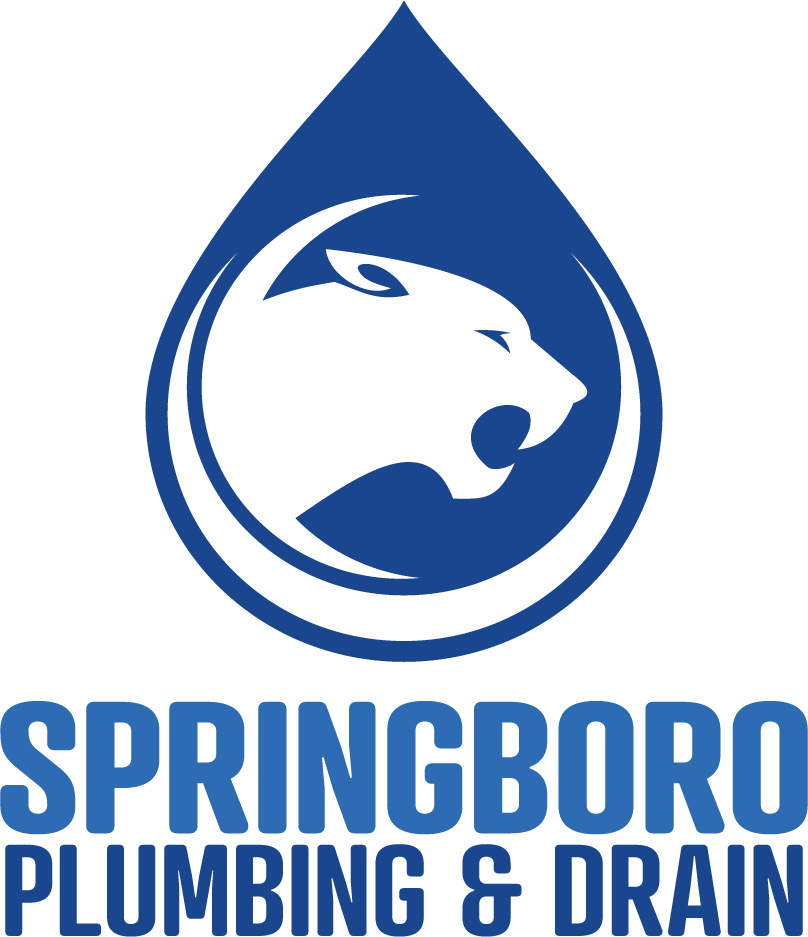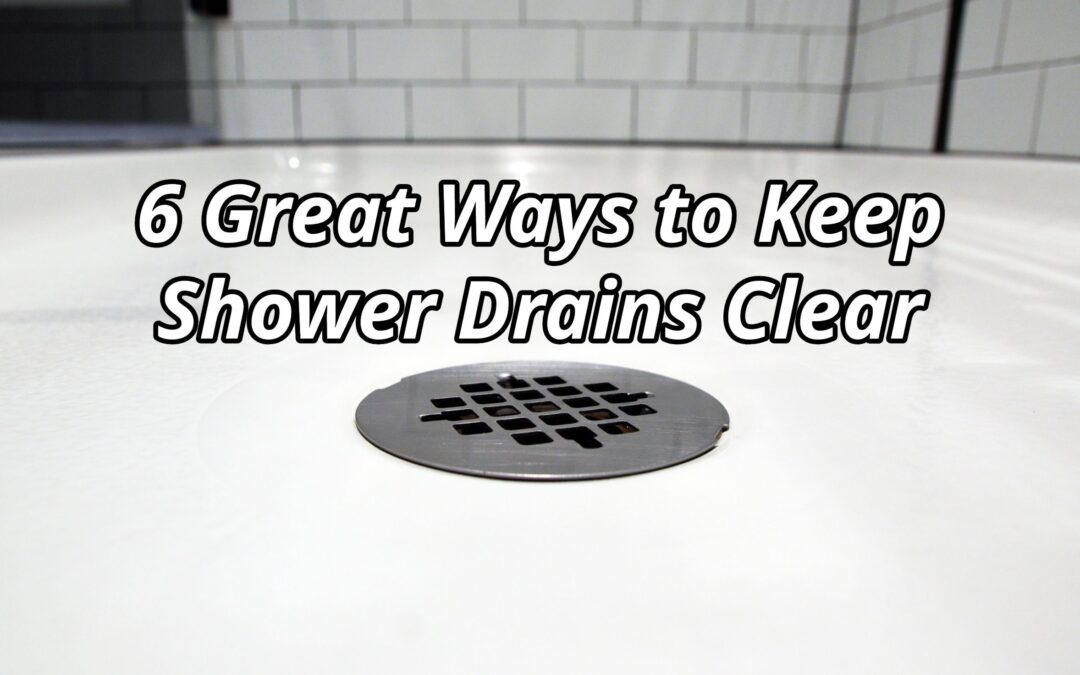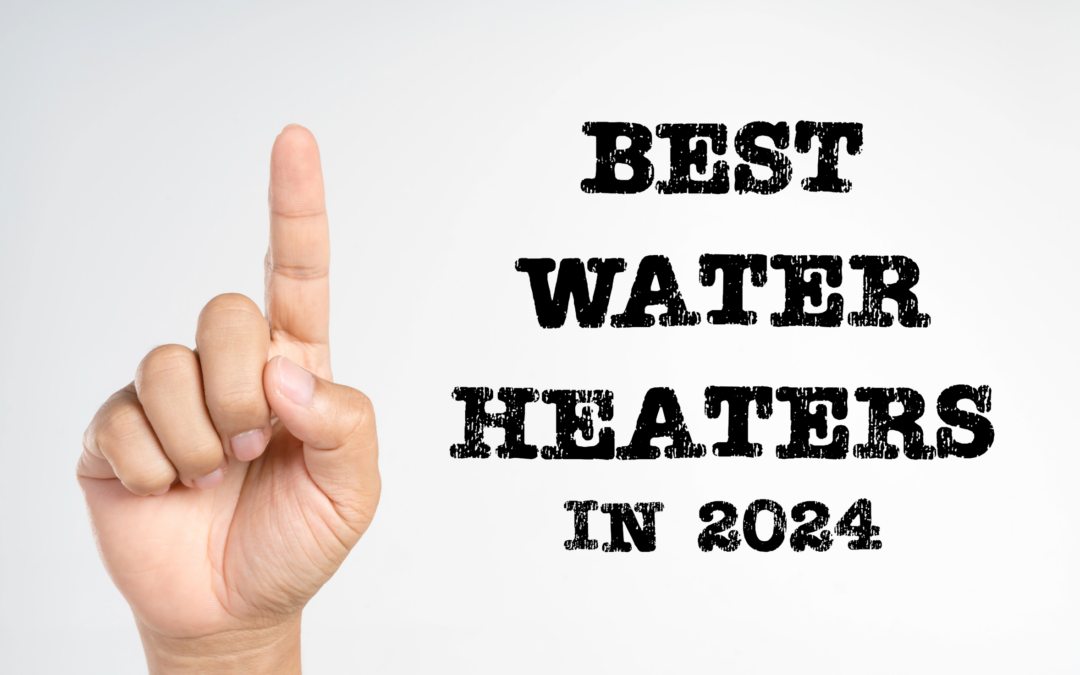A dripping water heater can be a real headache for homeowners, due to it not only increasing your utility bills but also potentially causing significant water damage to your home and potentially even your water heater if left unchecked for long periods of time. Because we care, your experts at Springboro Plumbing & Drain are here to help you better understand why your water heater might be leaking and the solutions available to you.
Before we dive in, just a quick reminder: It’s super important to switch off your unit before starting any troubleshooting. Your safety is our top priority!
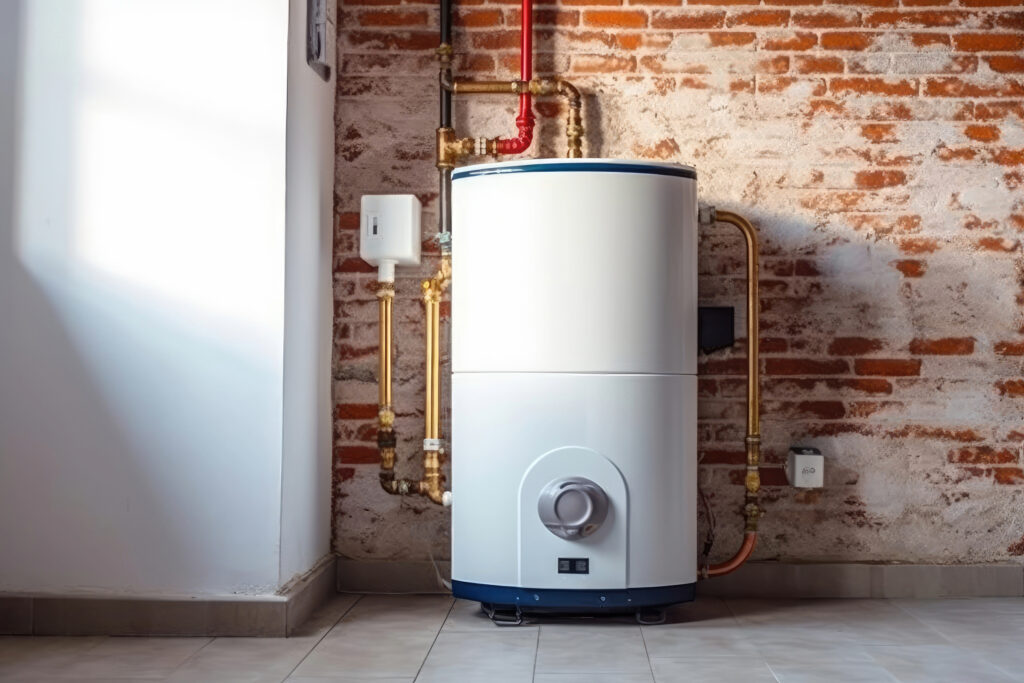
Consider the Cold or Hot Water Inlet and Outlet Connections
A common reason for water heater leaks is a loose connection on the cold or hot water inlet and outlet pipes. These connections can become unstable due to changing temperatures and constant use. As a result, when these connections aren’t secure, you might notice a small puddle around the heater base or a slow drip from the pipes.
To see if these connections are actually the problem, check them at the top of your water heater. If you spot water around these spots, they might be the culprits. You can try tightening them with a wrench; just be careful not to overdo it and cause more damage.
Consider the Pressure Relief Valve
Another possible issue is a faulty pressure relief valve that’s supposed to release excess pressure from the tank. If it’s not working right, it can cause water leakage. A malfunctioning pressure relief valve could be dangerous, as it might mean the tank is under too much pressure and could potentially burst.
To check if this valve is acting up, gently lift the valve’s lever. If water comes out, the valve is doing its job. However, if it keeps leaking after you let go, it might be time for a replacement.
Consider the Temperature & Pressure Relief Valve
The temperature & pressure (T&P) relief valve, much like the pressure relief valve, can lead to water heater leaks if it’s defective or loose. If your T&P valve is leaking, it might mean the water’s temperature is too high or the tank pressure is too elevated. Both situations could be risky, so it’s important to address them as soon as you can.
If you think the T&P valve might be the problem, check for water around it. If it feels damp, you might need to replace it.
Consider the Inlet Valve
The inlet valve, which directs cold water into the water heater, could also be a source of leaks if it’s damaged or not sealed properly. If this valve is leaking, you might see water gathering around the base of the heater. Keep an eye out for a steady drip or a small stream of water coming from the valve area.
To tackle this problem, take a look at the inlet valve for any signs of damage or wear. You might need to tighten the valve or even replace it.
Consider Calling a Professional Plumber:
If you’ve tried all the troubleshooting steps and your water heater is still leaking, it might be time to call a professional plumber. Some problems can be too tricky or risky for DIY fixes. A skilled plumber will be able to accurately identify the issue and offer a lasting solution, whether it’s replacing parts or recommending a new water heater.
Remember that ignoring a dripping water heater can lead to a lot of stress and damage if not quickly addressed. By understanding the usual causes and following some troubleshooting steps, you can often identify and resolve many issues on your own. But if the problem continues, feel free to reach out to us. We are always here for you.
Our friendly team of experts is always here to help you keep your home safe and comfortable. Call Springboro Plumbing & Drain today at (937) 912-1338, or schedule an appointment online now by clicking here!




